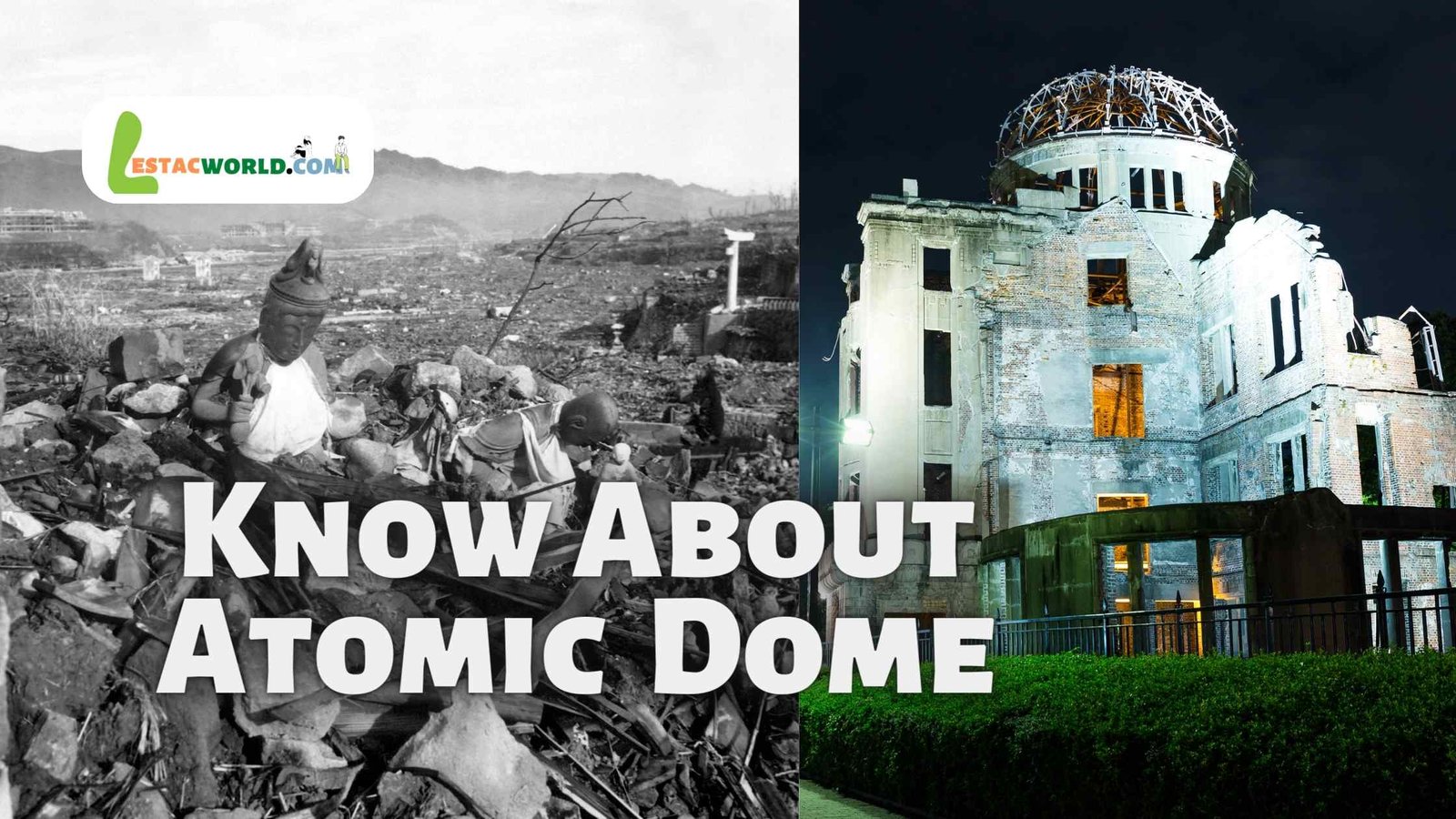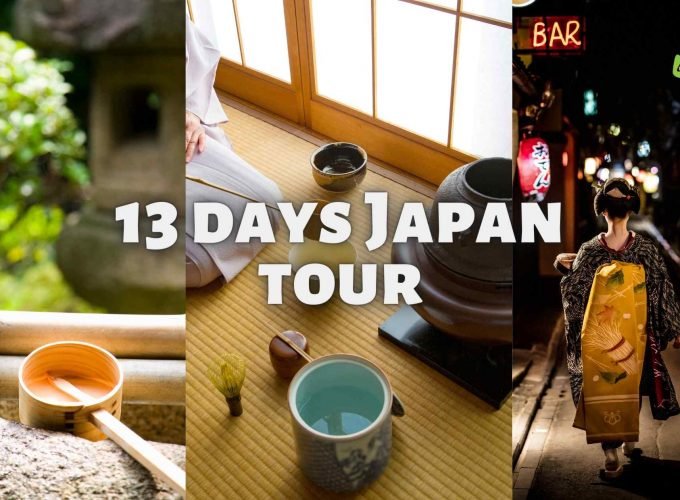About Atomic Bomb Dome
The Atomic Bomb Dome, often referred to as the Hiroshima Peace Memorial, is a structure that can be found in Hiroshima, Japan. It was constructed as a memorial to the people who lost their lives as a result of the atomic explosion that took place on August 6, 1945. The dome is one of the few structures that survived the bombing near the hypocenter, and it has been kept ever since as a reminder of the devastation that can be caused by nuclear bombs.
It was originally constructed as an exhibition hall for the city of Hiroshima, and architect Jan Letzel was the one who came up with the building’s design. It was one of the few structures in the city to survive the attack, and ever since then, it has been a well-known symbol of the bombing and a reminder of how important it is for there to be peace in the world.
Visitors to the Atomic Bomb Dome get the opportunity to view the structure as well as the grounds surrounding it. The grounds feature a Peace Memorial Park as well as various monuments that are dedicated to the people who lost their lives as a result of the explosion. In addition, this location is home to a museum that educates visitors about the attack and the events that followed, as well as the efforts that have been made to both promote peace and prevent the use of nuclear weapons.
People from all over the world look to the Atomic Bomb Dome as a symbol of both hope and peace because it is a potent reminder of the terrible toll that war exacts and because it was built in response to that toll. It is an essential destination for everyone interested in learning about the bombing and its effects on the city of Hiroshima, and it continues to motivate visitors to work towards a world free from war and nuclear weapons.
History of Atomic Bomb Dome
- August 6, 1945: The city of Hiroshima, Japan was destroyed by an atomic bomb, dropped by the United States during World War II. The building that would later become the Atomic Bomb Dome was located near the epicenter of the blast and was one of the few structures left standing.
- 1946-1949: The building was designated as a National Historic Monument, and a campaign was launched to preserve it as a memorial to the victims of the atomic bombing.
- 1955: The Hiroshima Peace Memorial Park was established around the building, and it became known as the Atomic Bomb Dome.
- 1996: The Atomic Bomb Dome was officially designated as a UNESCO World Heritage Site.
- Today: The Atomic Bomb Dome continues to serve as a memorial to the victims of the atomic bombing of Hiroshima, and a symbol of peace and the devastating consequences of war. The park surrounding the dome includes museums, memorials, and monuments dedicated to preserving the memory of the bombing and promoting peace.
Throughout its history, the Atomic Bomb Dome has been a site of pilgrimage for people from around the world, who come to pay their respects to the victims and reflect on the need for peace and the abolition of nuclear weapons.

How to reach Atomic Bomb Dome
The Atomic Bomb Dome may be found in Hiroshima, Japan, and the following are the several routes that visitors can take to get there:
By Train – Hiroshima Station is the train station that is located in the closest proximity to the Atomic Bomb Dome. You may reach the dome by foot in a matter of minutes if you get off the tram at the Genbaku-domu-mae stop, which is accessible from the station via the tram.
By Bus: Hiroshima’s primary bus terminal can be found in close proximity to the railway station, and buses travel frequently to the Atomic Bomb Dome from there.
By Cab: If you are traveling by car, you should know that there is very limited parking accessible in the area around the dome; therefore, it is highly recommended that you take public transportation instead.

Do's and Dont's at Atomic Bomb Dome
Visitors to the Atomic Bomb Dome in Hiroshima, Japan are expected to observe certain customs and etiquette to show respect for the victims of the atomic bombing and the site’s role as a memorial and symbol of peace. The following are some do’s and don’ts to keep in mind:
Do’s:
- Observe silence and reflect on the events that took place at the site.
- Take a guided tour or use brochures or audio guides to learn about the history of the bombing and the significance of the Atomic Bomb Dome.
- Take pictures or videos, but avoid using flash photography or other disruptive forms of photography.
- Leave flowers, incense, or other offerings at the memorials or monuments within the park, as a sign of respect and remembrance.
- Wear appropriate attire, such as covering your shoulders and legs, as a sign of respect for the solemnity of the site.
Don’ts:
- Don’t engage in loud or disruptive behavior, such as shouting, running, or playing music.
- Don’t touch or climb on the monuments, sculptures, or other structures within the park, as they are considered sacred.
- Don’t engage in political activism or other forms of protest at the site.
- Don’t bring in food, drinks, or other items that might detract from the solemnity of the site.
By following these guidelines and showing respect for the victims and the significance of the Atomic Bomb Dome, visitors can help to preserve the site as a powerful symbol of peace and a reminder of the devastating consequences of war.
Highlights of Atomic Bomb Dome
The Atomic Bomb Dome is a structure that can also be referred to as the Hiroshima Peace Memorial. It can be found in the city of Hiroshima in Japan. It is one of the few structures that survived the atomic bombing that took place in Hiroshima on August 6, 1945, and it is located close to the epicenter of the blast. The dome has come to represent the horrifying effects of war and serve as a reminder of the horrors that come with it. It has become a symbol of the devastation caused by nuclear weapons.
The following is a list of the attractions that can be found inside the Atomic Bomb Dome:
Historical significance: The Atomic Bomb Dome, which is located in Japan, is a UNESCO World Heritage site and is regarded as one of the most significant historical sites in the country. It is a symbol of peace and anti-nuclear sentiments as well as a reminder of the devastation that was caused by the atomic bomb that was dropped on Hiroshima.
Physical appearance: Appearance-wise, the dome is all that is left of the old industrial Promotion Hall, and its skeletal remains are a jarring reminder of the devastation that the atomic bomb caused.
Site of a memorial: The Atomic Bomb Dome is encircled by a park that acts as a memorial to the people who lost their lives as a result of the bombing. On the premises of the bombing site is a museum that tells visitors about the attack and the events that followed it.
The Atomic Bomb Dome has evolved into a symbol of peace and a call for the abolition of nuclear weapons in recent years. A peace ceremony is held at the location on August 6 of each year in remembrance of those who lost their lives in the bombing and to reiterate the need for nuclear weapons to be eliminated from the world.
Overall, the Atomic Bomb Dome is an impactful and potent reminder of the destructive power of nuclear weapons, and it serves as a call to action for peace and the elimination of these weapons of mass destruction. It is located in Kansas City, Missouri.






Comment (0)